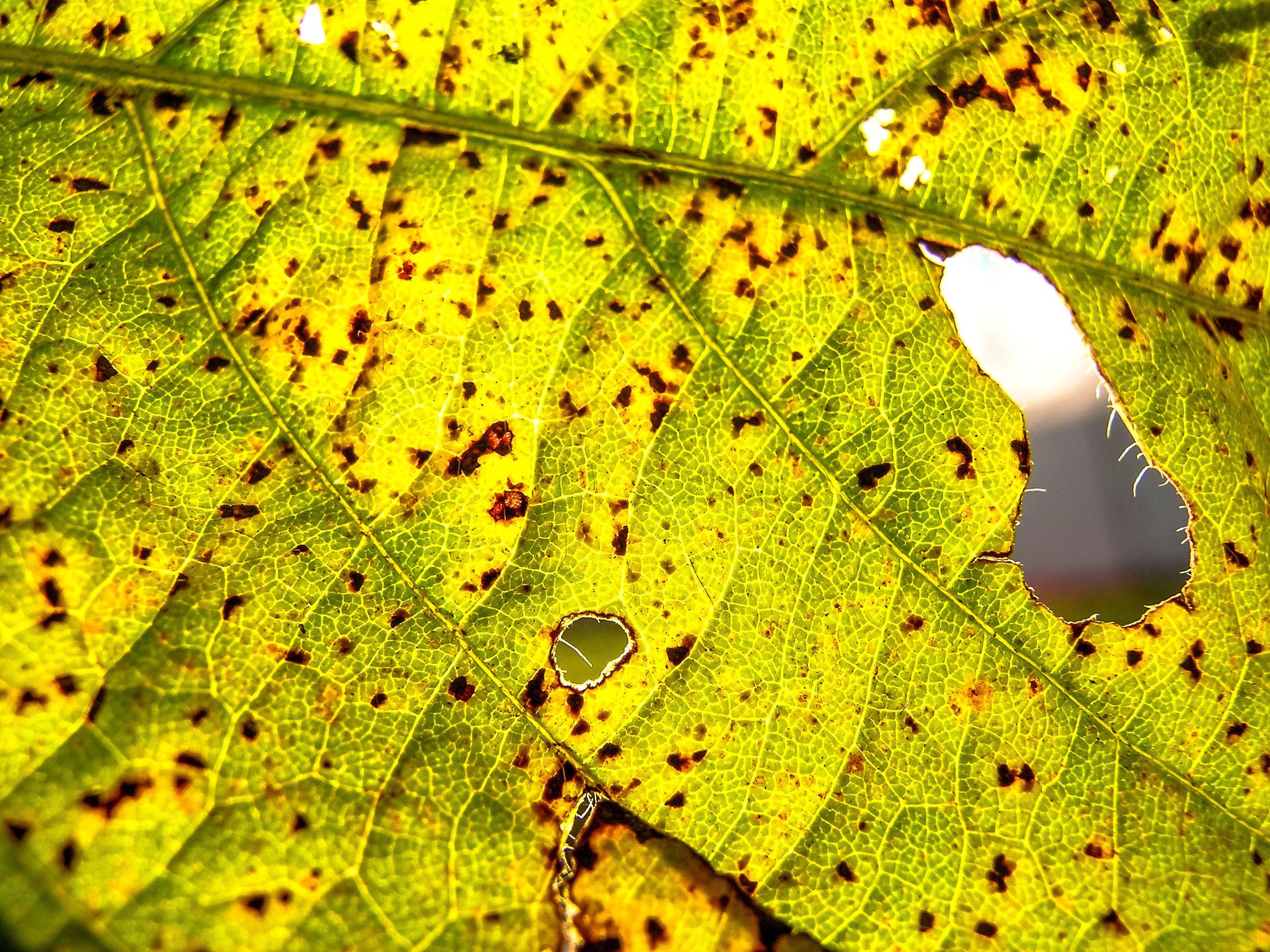Article Highlights
- Asian soybean rust caused by Phakopsora pachyrhizi is a significant concern in agriculture, leading to yield losses ranging from 10-80%.
- A study led by Paulo Eduardo Teodoro and his team at UFMS explores the use of machine learning (ML) and remote sensing to enhance Asian soybean rust detection.
- Traditional methods of monitoring soybean rust severity are laborious; the study utilized hyperspectral imaging (HSI) and ML algorithms, particularly support vector machine (SVM), to classify disease severity levels accurately.
- The research demonstrates the potential of remote sensing and ML in agricultural disease management, offering tools to improve harvest yields and food production.
Soybean rust, also known as Asian soybean rust, is an area of concern in agriculture applications. Asian soybean rust is caused by Phakopsora pachyrhizi (P. pachyrhizi), which is a pathogen that moves aggressively and has spread across several continents (1). Many agriculture yield losses can be directly attributed to this pathogen. In fact, yield losses have been reported in the United States to the tune of 10–80% since the pathogen was first detected in the United States in 2004 (1).
A new study published in Spectrochimica Acta Part A: Molecular and Biomolecular Spectroscopy explores this issue extensively. Led by Paulo Eduardo Teodoro and his team at the Federal University of Mato Grosso do Sul (UFMS), the research explored the potential of using machine learning (ML) and remote sensing to improve detection of Asian soybean rust (2). The research team conducted their experiment during the 2022–2023 harvest season.
Asian soybean rust was first observed in Louisiana in November 2004 (3). However, since that time, soybean rust has been detected in other parts of the United States, especially in southeast Nebraska. Thus far, farmers have been able to mitigate the effects of soybean rust, preserving more than 80% of the crop for harvesting, but monitoring and detecting Asian soybean rust caused by P. pachyrhizi remains an ongoing challenge for farmers (4).
Read More: Advancing Agriculture for Future Generations
Traditionally, monitoring the severity of Asian soybean rust disease has been a laborious and time-consuming task, requiring visual assessments by skilled professionals in the field (3). Teodoro's study aimed to address these challenges by harnessing the power of remote sensing and ML techniques.
By leveraging hyperspectral imaging (HSI) technology, the researchers identified distinct spectral signatures corresponding to different levels of Asian soybean rust severity (2). Using HSI allowed the researchers to better differentiate between healthy and infected soybean plants with improved accuracy.
One unique feature of the researchers’ experiment was using a randomized block design with a factorial scheme to assess the performance of various ML algorithms in classifying disease severity levels (2). The research team categorized leaves into three groups: healthy leaves, 25% severity, and 50% severity. They also conducted leaf hyperspectral analysis across a broad spectrum ranging from 350 to 2500 nm (2).
The results revealed that among the ML algorithms available, support vector machine (SVM) performed the best. SVM was the most accurate in classifying severity levels, particularly when utilizing the full spectrum of spectral information as the input (2). Moreover, SVM also was more accurate when working with reduced sample sizes, highlighting its robustness and potential for real-world applications (2).
By using ML and HSI, Teodoro and his team demonstrated that remote sensing applications are useful tools in agricultural disease management that can be applied to help improve harvest yields and food production.
References
(1) Giesler, L. J. Asian Soybean Rust. University of Nebraska – Lincoln. Available at: https://cropwatch.unl.edu/plantdisease/soybean/soybean-rust#:~:text=Soybean%20rust%2C%20also%20referred%20to,%2D80%25%20have%20been%20reported (accessed 2024-03-28).
(2) Santana, D. C.; de Queiroz Otone, J. D.; Rojo Baio, F. H.; et al. Machine Learning in the Classification of Asian Rust Severity in Soybean Using Hyperspectral Sensor. Spectrochimica Acta Part A: Mol. Biomol. Spectrosc. 2024, 313, 124113. DOI: 10.1016/j.saa.2024.124113
(3) Schneider, R. W.; Hollier, C. A.; Whitam, H. K. et al. First Report of Soybean Rust Caused by Phakopsora pachyrhizi in the Continental United States Plant Dis. 2005, 89, 774.
(4) Watson, S. R.; Giesler, L. J.; Ziems, A. D.; Brovont, T. E. First Report of Soybean Rust Caused by Phakopsora pachyrhizi in Nebraska. APS Publications 2008, 92 (11), 1588. DOI: 10.1094/PDIS-92-11-1588C
